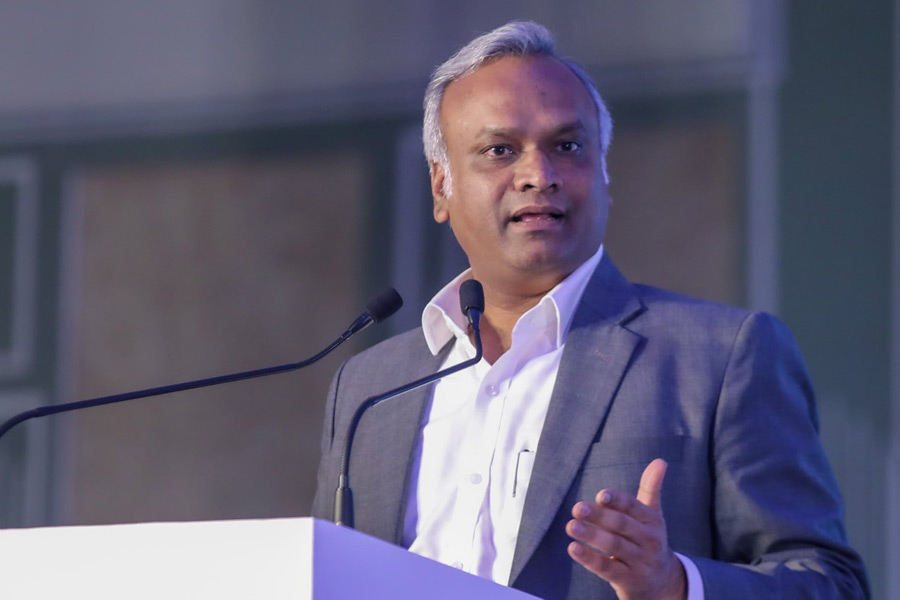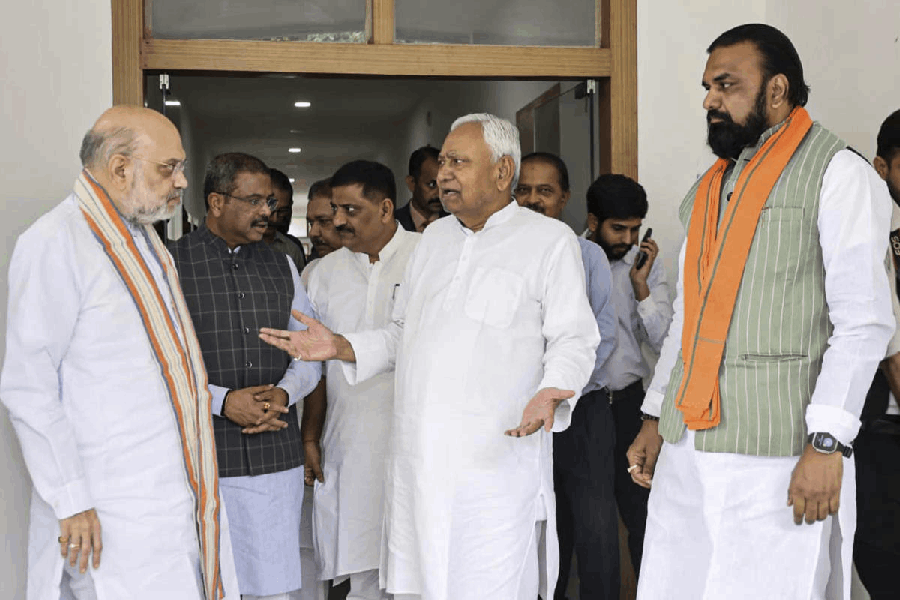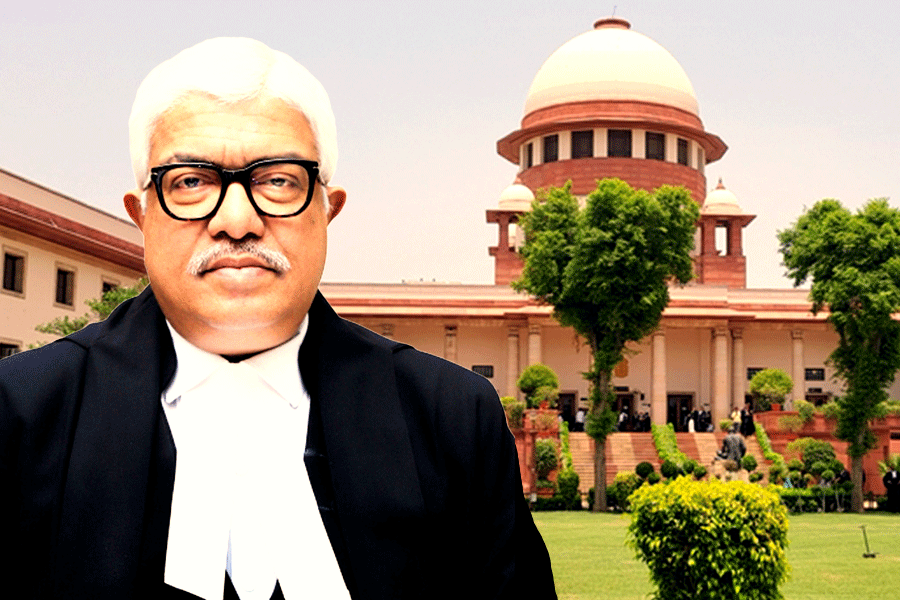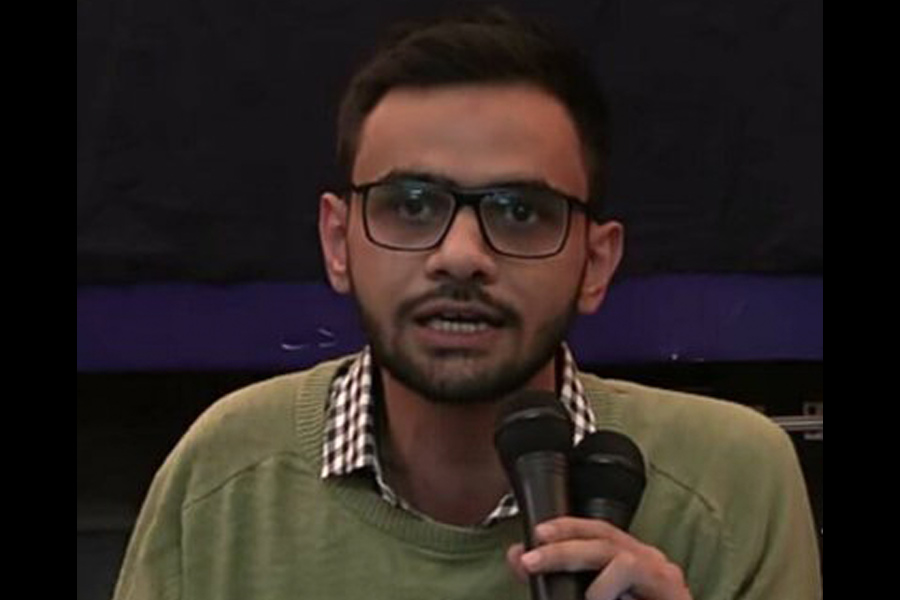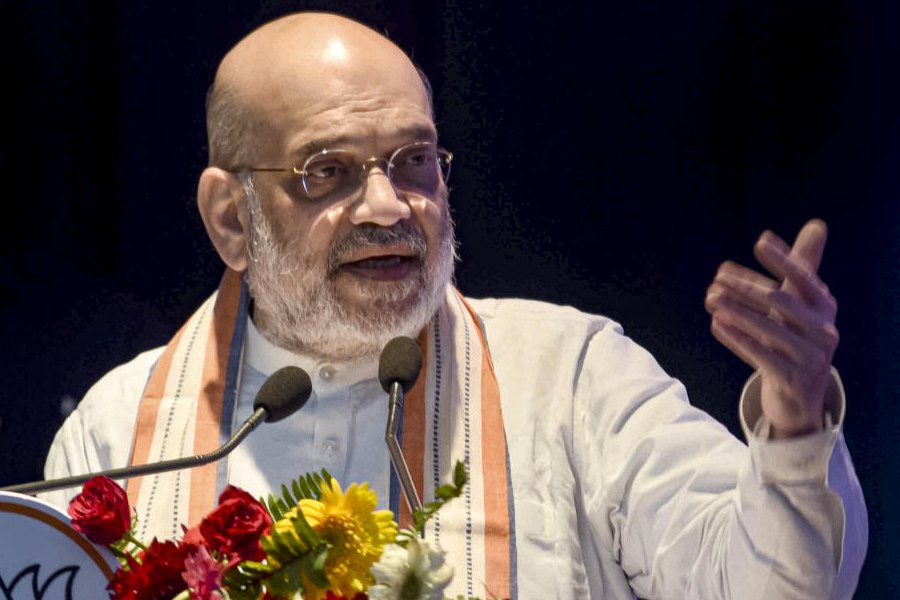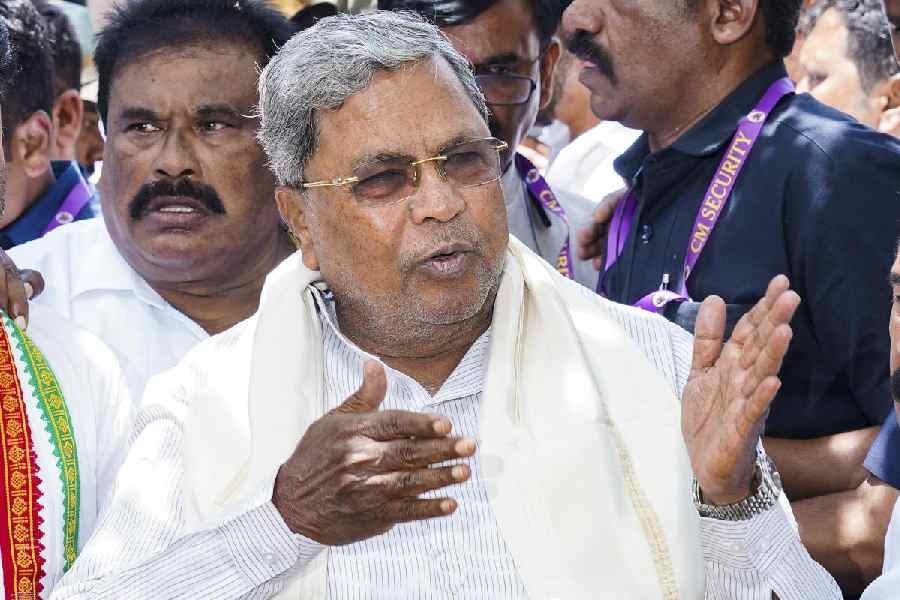Kathmandu, May 2 :
The ubiquitous Indian dhoti, worn the way it is in Uttar Pradesh and Bihar, may determine the shape of the next government in Nepal as the country gets ready to vote in the first phase of parliamentary elections tomorrow.
The dhoti is not the poll symbol of any major party contesting Nepal?s 205-seat Parliament. Yet it has become a symbol of pride for Nepal?s 8.5 million settlers of Indian origin, of whom 5.2 million are registered voters and may have a say in the formation of the next government here.
The credit for converting the dhoti from a garment of daily use into an instrument of political power goes to Gajendra Narayan Singh, the 68-year-old founder-chairman of Nepal Sadbhavana Party (NSP), which is contesting 68 seats in Nepal?s Terai region, almost wholly populated by Nepalis of Indian origin.
Last year, when President K.R. Narayanan was in Nepal on a state visit, Singh refused to go to the royal palace to meet him because palace officials insisted he should wear Nepali dress and not a Bihari-style dhoti.
Indeed, for years, Singh and other NSP leaders have refused to visit King Birendra?s palace because Nepali dress is mandatory for such visits. In the process, they have boycotted all ceremonial occasions.
But last December, the palace gave in. After the coalition government headed by Girija Prasad Koirala lost its majority and Koirala recommended polls, the palace started a round of consultations with various parties on its course of action.
The crown prince who was acting as head of state ? King Birendra was in London for treatment after a heart attack ? invited Singh for talks. Palace officials, who knew Singh would refuse to wear Nepali dress, discreetly told the NSP chief that dhoti was no longer taboo in the palace.
It was the first time that a Nepali citizen wearing a dhoti had an audience with the royalty. To be fair, in the interest of Nepal?s ethnic unity and composite polity, Singh played down the incident, at least in conversations with foreign journalists. But, the import has not been lost on this country?s voters of Indian origin.
In the last elections, the NSP fielded 86 candidates, but only three won. This time, the party is expected to double the figure, optimists predicting even a three-fold increase. The importance of this increase lies in a fractured verdict most likely in the elections.
If the Nepali Congress (NC) is marginally short of a majority, as is widely expected, NSP, with six or nine seats, will have a decisive voice in the formation of Nepal?s next government.
As it is, NSP with three seats is part of the ruling coalition and has one minister in the 11-member Cabinet.
Of course, the dhoti is only part of NSP?s appeal to voters of Indian origin. The party, for instance, has demanded Hindi should be given the status of second official language in Nepal.
The party is also fighting for citizenship papers for all the 5.2 million voters of Indian origin. At present, 3.4 million of them are technically stateless, notwithstanding the curious fact that they have voting rights in Nepal.
But, for all his ethnic appeal, Singh resented any reference to his supporters as Nepali Indians.
?We are Madeshis,? he said, arguing that they were originally people of the central or middle kingdom between Nepal and India, and not Indians.
Semantics, which may have few takers in India, seem to be necessary for the NSP to be in the mainstream of Nepal?s fractious politics.
 Saturday, 18 October 2025
Saturday, 18 October 2025

